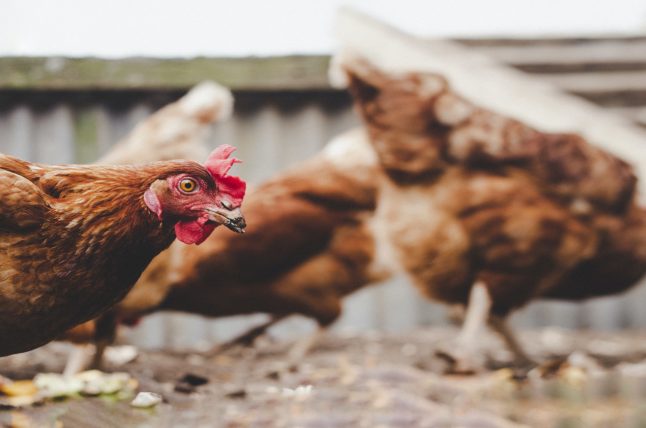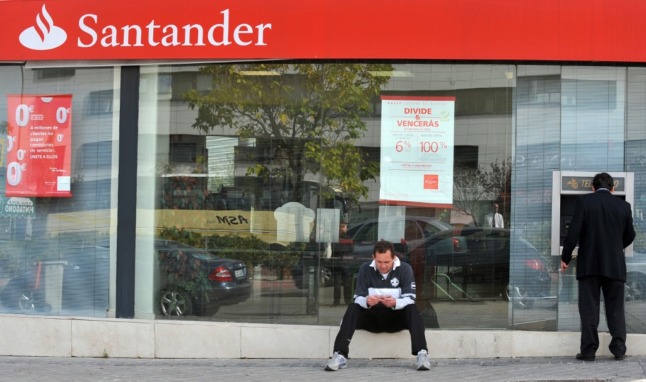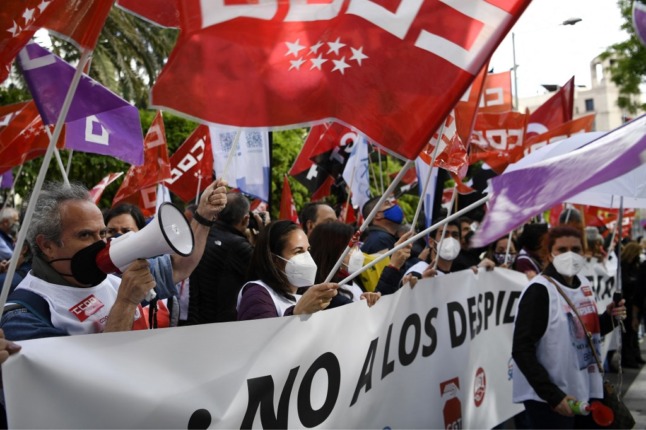My creative interpretation of the Spanish language is both well documented, and infamous. Mixing up my pollas and pollos was one of my first and finest attempts at a conversation with our neighbour Belen. But we have moved on. She keeps chickens, and has been very helpful in getting us started with our new obsession.
According to a Spanish friend who is in-the-know, we are establishing a local reputation as decent sorts, who try to live as close and respectfully to local ways as possible. Which, she tells us, people appreciate, despite our atrocious abuse of their language. We are embracing our new, rural, life.
Traces of the suburban dilletante linger about us like a bad odour though; my other half recently got some very posh purple rubber boots for her birthday, that wouldn’t be out of place in Chelsea, and I mince about the huerta wearing floral gardening gloves!
Our long-range plan is to become as self-sufficient for food as we are able to comfortably manage, without actually killing anything. We’d like to have our own milking goats, and maybe a sheep, which will act as a pet and a living lawnmower, then eventually die quietly of old age. Keeping chickens has always been my dream, since I was a little girl, collecting eggs on my family’s farm. I used to love hanging out with the hens, enjoying their contented murmurings and comical antics.
I was less enamoured of the cows, having been variously kicked, peed and crapped on a number of times will I was learned the art of hand milking. I’m fond of pigs though, and our friends in Viris, who plan to raise an English heritage breed, will keep ours for us, and attend to the animal’s inevitable transformation into roasting joints, bacon and sausages.
We are novices, so we have to be practical, for the well-being of the animals as well as ourselves. We agreed that we will keep three chooks, to start with, just to get the hang of them. So, our friend’s talented son built us the Taj Mahal of chicken coops, then he and I constructed a pretty secure run.
All set. I bought all the gear from our local farm store, and came home with three gorgeous pullets in a box in the back of the car. Two reds, a black and bronze. A local breed renowned for good egg production and hardiness.
We tipped them into the coop, fed them, and kept them inside the first couple of days to settle them in. I picked the wrong night to roast a chicken for dinner. Not thought through. A tiny notion flitted briefly across my mind: become vegetarian. Then I smelled the bacon-wrapped stuffing, and the notion flitted off.
On the third day, we left the coop door open, and waited for the ladies to emerge. The boldest and bossiest of the three, Mary, predictably came down first. She was followed by Martha. Matilda teetered down last. Matilda is still the timidest of the three – the odd girl out. We can tell Mary and Martha apart, because the former has a very pretty “lace collar” of creamy feathers about her throat. They are all bonny hens, and seem to be very content in their luxurious digs.
The girls like cabbage and nasturtium leaves particularly, and they clamour for the fresh herbs I mix in with their feed. Is it a bit naughty to give them scraps of sage, stale bread and onion, I wonder?
Our girls won’t begin to lay until spring, so it’s our job to keep them warm and safe all winter. Local dogs, foxes, pine martens, mink (escaped some years back from a local fur farm), and wild boar all pose a threat to their well-being, but our chooks are safely locked in their luxury coop at night, so even if some intrepid creature does manage to breach the fence, they won’t get near the hens, unless they bring a drill and a circular saw!
Since the arrival of the hens, our little adopted dog, Stumpy- Mario, is showing indications of Mastin lineage. He likes to lie beside the chicken run most days, keeping a watchful eye on the girls without showing any signs of bothering them.
Poor little Mario recently experienced a bad mauling, by one of the feral dogs in the area. He required emergency vet treatment at five o’clock one morning. His alarming whines and whimpers actually woke us from a deep sleep.
Mario has proven to be a tough little chap, though, and he has lost none of his sweetness, despite suffering some nasty bruising and bites. Once he healed, we had him de-sexed, and we are keeping him in at night, to stop the amorous gallivanting that led to his encounter with the notorious thug who leads the feral pack. So now Mario guards his girls, and sticks close to home.
These two old hens are happy about that.
READ MORE:





 Please whitelist us to continue reading.
Please whitelist us to continue reading.
Member comments